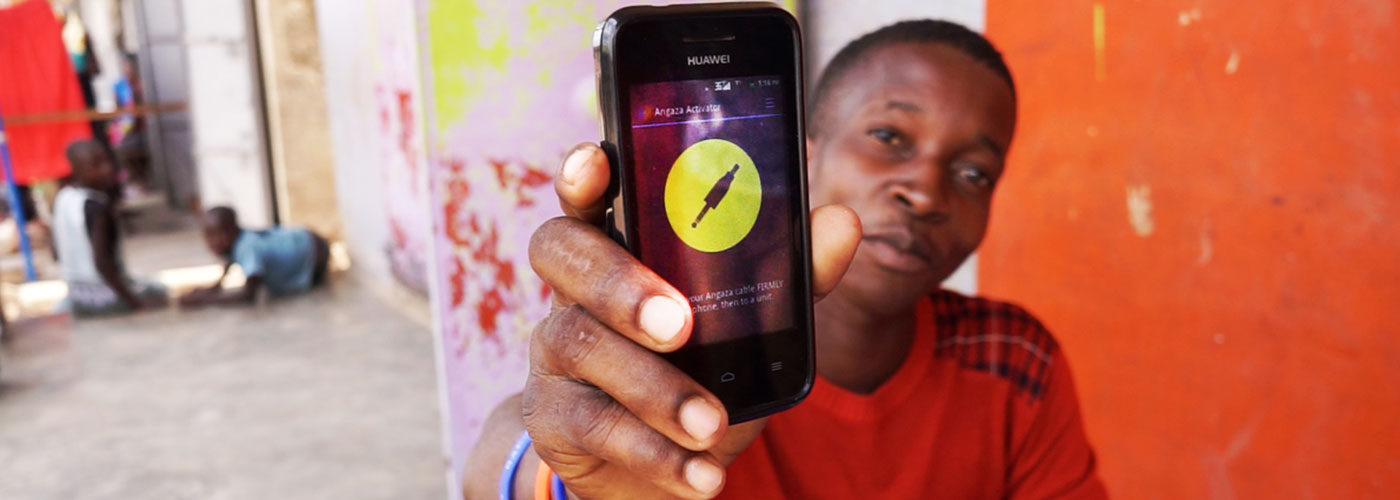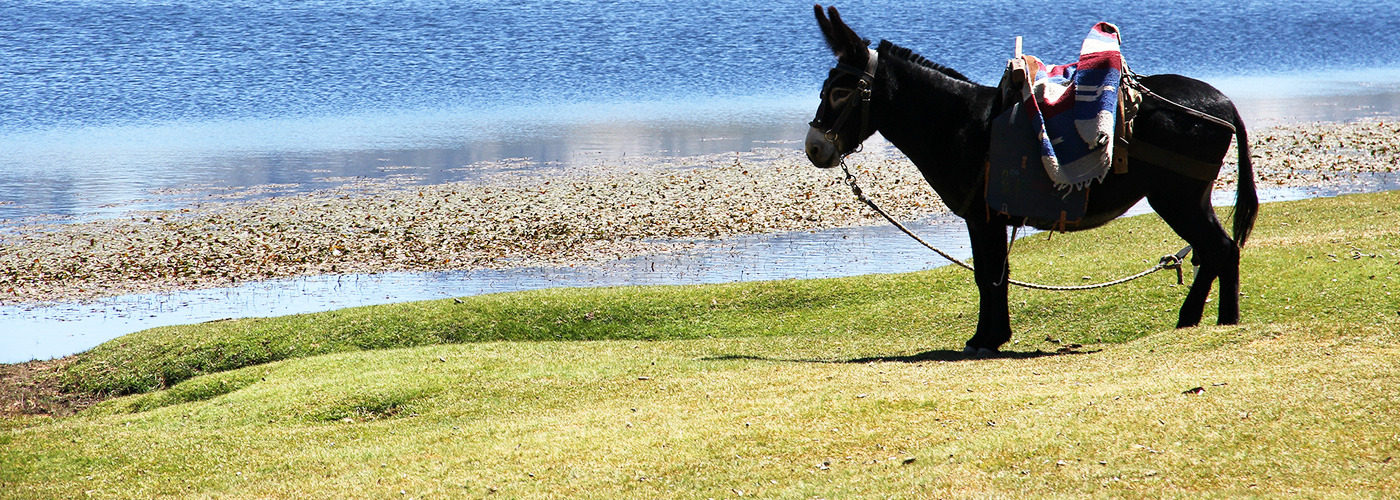Worldwide, over 1.3 billion people live off the grid without access to electricity. That means nearly 20 percent of the human population is unable to flip a switch to instantly illuminate a room or to make use of the evening hours for reading or studying. More than 95 percent of these people reside either in Sub-Saharan Africa or Asia, the vast majority in rural areas and also areas where illiteracy rates are the highest.
With no electricity, most of these 1.3 billion people resort to burning kerosene, a liquid fuel distilled from crude oil. According to the World Health Organization, a day’s worth of kerosene lantern smoke is equivalent to smoking two packs of cigarettes. Every night, adults and children inhale these toxic fumes, placing themselves at increased risk for severe respiratory illnesses, cancer, and cardiovascular disease.
A day’s worth of kerosene lantern smoke is equivalent to smoking two packs of cigarettes. Tweet This Quote
Despite the exponential boom in the solar industry over the past decade and a heightened focus on off-grid consumers around the world, a major barrier lingers: the upfront cost of purchasing solar-powered products. While a year’s worth of kerosene costs far more than a single solar product — typically demanding 25 percent of a family’s weekly income — many people remain bound to this expensive and inefficient resource because they cannot afford to purchase a solar product outright with cash on hand.
For Lesley Marincola, a product designer and mechanical engineer from Stanford’s Design School, the solution to this financing obstacle was to develop a system that would allow off-grid consumers to pay for solar products in small, manageable installments.
In 2010, Marincola founded Angaza to develop a pay-as-you-go technology (PAYG) that makes products affordable for the over 1 billion people living off-grid. But Angaza’s ambitions extend far beyond providing access to healthier sources of energy. They also aim to improve access to education.
“We’re tackling illiteracy at night,” says Marincola. “In any off-grid family, once the sun goes down, the children have to read or study by dim, toxic kerosene. If you can actually replace that source of light with a clean, super-bright source that’s not dangerous at all, that means even the parents are much more likely to let the child use the source of light.”
As a result of these safer, brighter light sources, children can exponentially increase the number of hours dedicated to reading and studying each year.
Unlike many other solar companies in the region, Angaza accomplishes their mission through B2B licensing partnerships with manufacturers and distributors. This, according to Marincola, allows Angaza to specialize in their PAYG technology development while their partners do what they do best: produce quality products and reach customers at scale.
The manufacturers design the physical solar products, embed Angaza’s metering and remote monitoring technology, and then sell their products to distributors. Next, distributors tap into the software component using Angaza’s back-end billing system, CRM, and mobile app, to simplify the process for their sales agents.
Off-grid consumers, often in rural areas, learn of the solar products through these local sales agents. Consumers make a small down payment in order to purchase the product. When their initial payment runs out, the product deactivates. But, the embedded PAYG technology makes it easy for consumers to pay a small amount to reactivate it again.
Even the poorest off-grid family is still investing some money on kerosene, so you just have to make solar cheaper. Tweet This Quote
With this partnership model that fuses microfinance principles with automated technology, Angaza has made solar energy access cheaper on a weekly basis than what families already spend on kerosene. By spreading out payments over time, families often spend as little as $1 per week until the product is fully paid for.
To date, Angaza works with manufacturers and distributors across 15 different countries — from their headquarters in Kenya to countries as diverse as India, Nicaragua, South Africa, and Sierra Leone.
“We are trying to eradicate energy poverty around the world,” says Marincola. “We want to enable businesses to offer life-changing products to anyone, anywhere. Literally, with pay-as-you-go, no one should be excluded. Even the poorest off-grid family is still investing some money on kerosene, so you just have to make solar cheaper. You can do that with the right kind of financing and the right kind of technology in place.”
Angaza’s technology is embedded in products that range from small $15 solar study lights to 200-plus watt solar home systems. Moving forward, the company will expand beyond solar light to a variety of life-changing products — including clean cookstoves, micro-grid meters, and solar water pumps.
Energy poverty is a truly global problem, and off-grid communities exist in every single country. By leveraging local partnerships and focusing on cutting-edge technology, Angaza could power the world.
This article originally published on The Guardian. The entrepreneur featured in this story participated in Project Literacy Lab, a new initiative co-founded by Pearson and Unreasonable Group to wrap resources around the fastest growing ventures worldwide positioned to solve key challenges tied to illiteracy.



